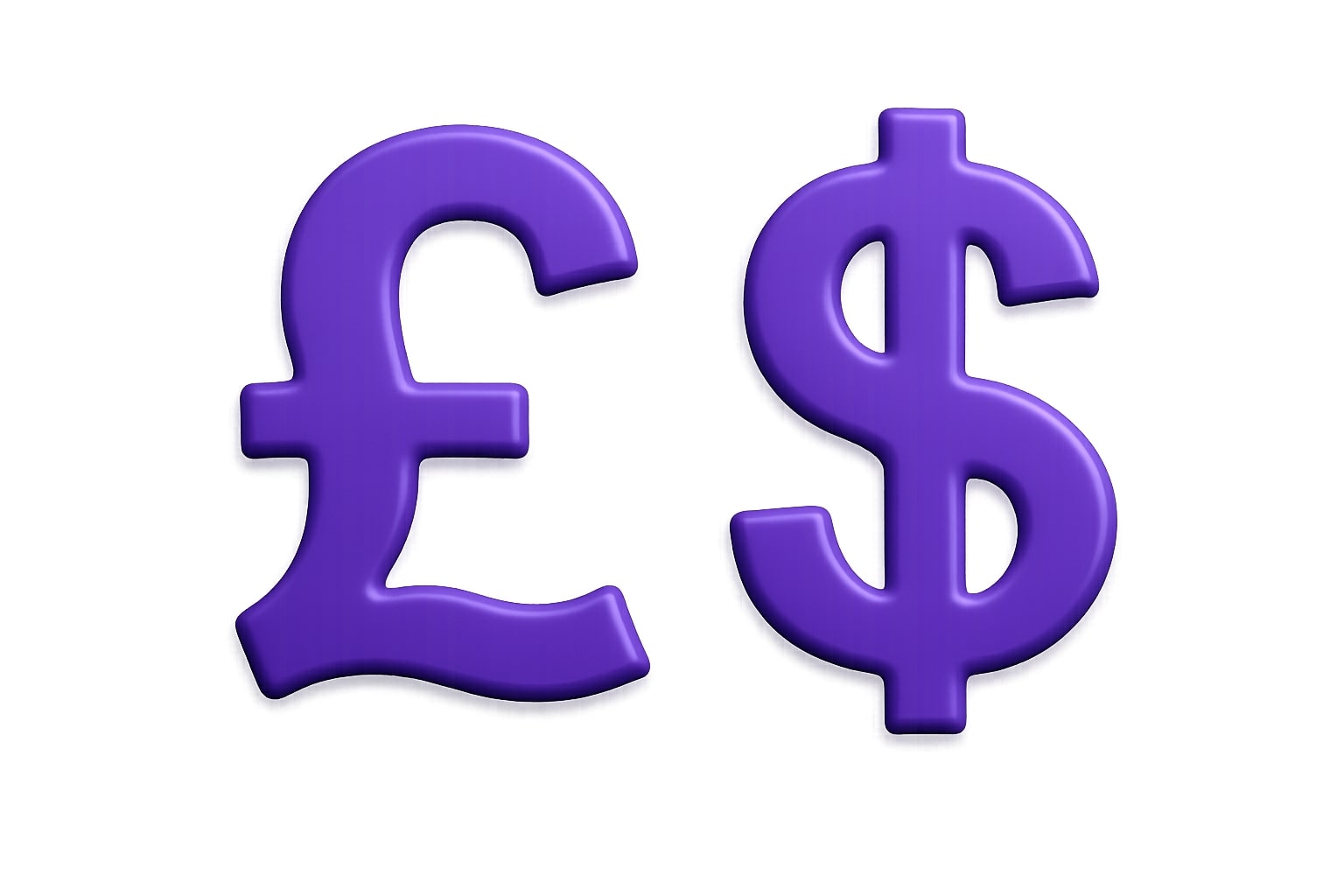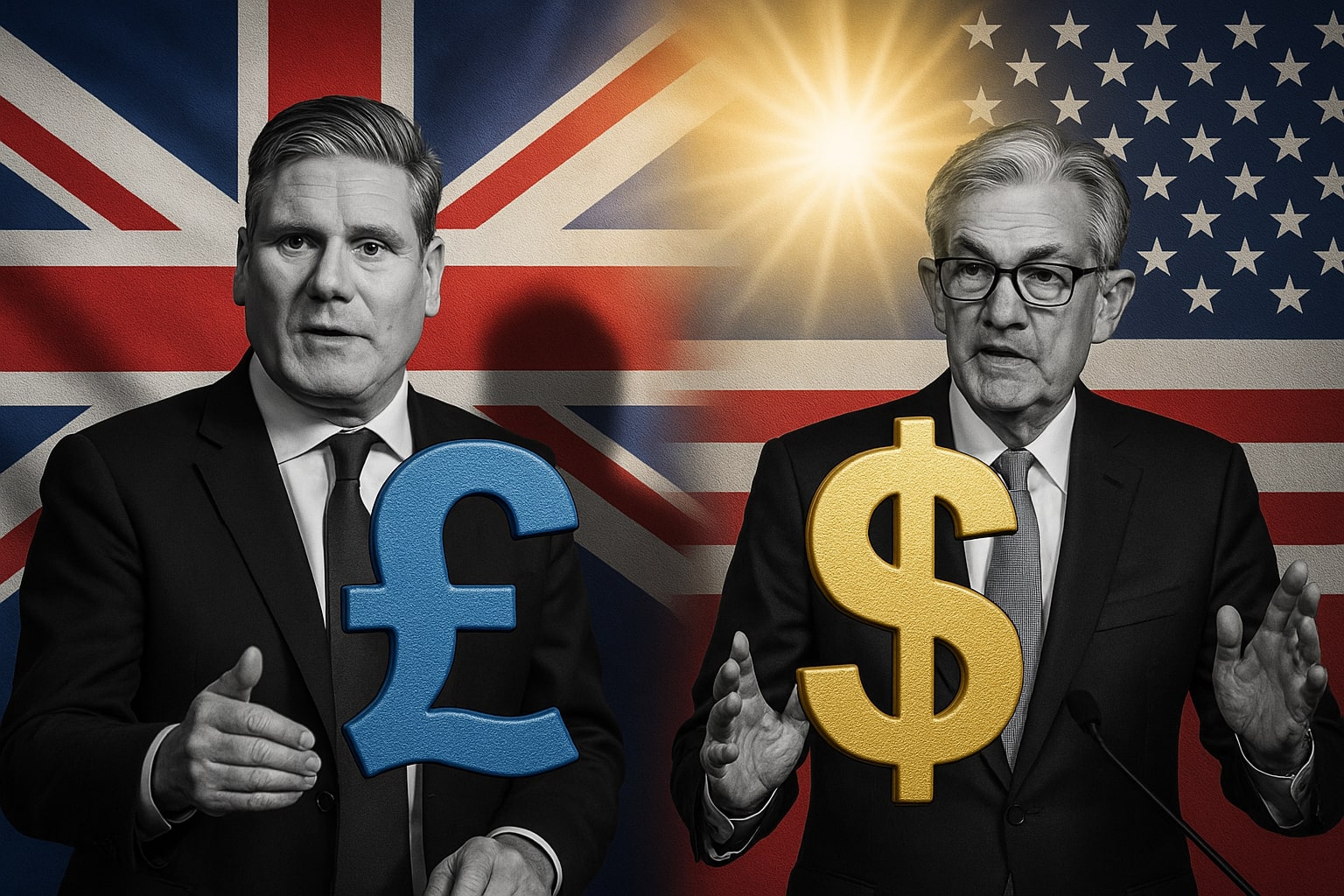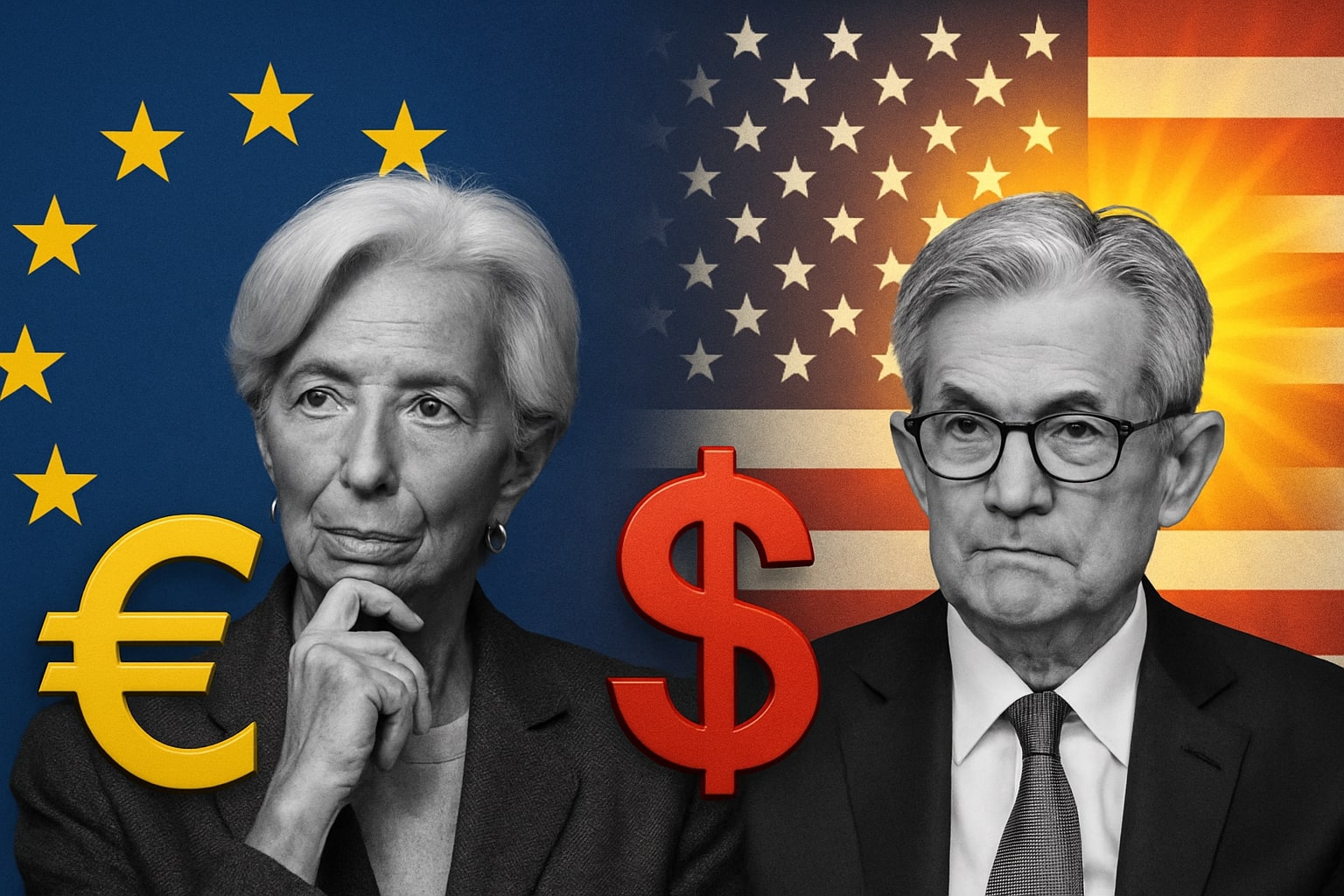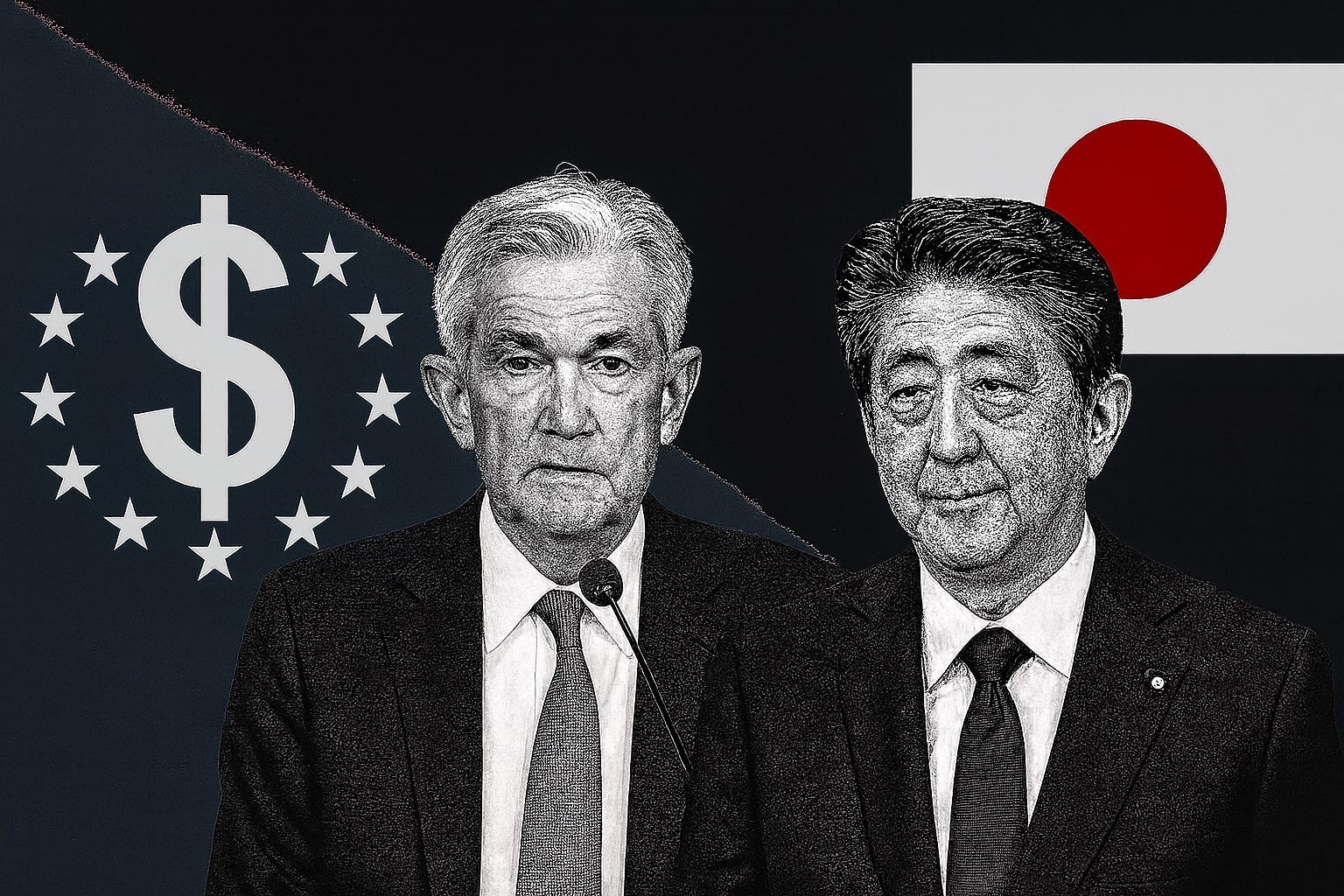
GBP/USD Price Forecast: Sterling Holds 1.3457 as BoE Faces Inflation Test
Pound consolidates below 1.3500 with Fed turmoil, UK inflation at 1.9%, and markets eyeing U.S. GDP and PCE data for next move | That's TradingNEWS
GBP/USD pressured by Fed turmoil and UK inflation dynamics
The GBP/USD pair slipped to 1.3457 after hitting a daily high of 1.3482 as the U.S. dollar staged a rebound driven by fears over the independence of the Federal Reserve. President Donald Trump’s dismissal of Fed Governor Lisa Cook triggered volatility, initially weakening the greenback but quickly pushing yields higher and lifting the Dollar Index (DXY) to 98.45, up 0.24%. The shift in U.S. bond markets highlights investor unease, with markets now pricing an 89% probability of a 25 basis-point rate cut at the September FOMC meeting. Jerome Powell kept the door open for adjustments if labor data weakens further, cementing expectations for near-term easing.
UK inflation pressures anchor Bank of England policy stance
Sterling found some resilience from UK factory gate inflation climbing to 1.9% year-on-year, its highest in two years. The data reinforced market conviction that the Bank of England is unlikely to resume cuts soon, with odds of a policy hold priced at 96%. BoE policymaker Catherine Mann emphasized that a “persistent hold” is required to lean against sticky inflation. UK’s July core CPI remains elevated at 3.8%, while retail price inflation was reported at 4.8%, limiting the central bank’s room for maneuver. Sterling has still managed monthly gains of around 1.5% against the dollar, though momentum has faded as GBP/USD struggles to sustain levels above 1.3490.
Political shock drives short-term volatility in GBP/USD
Markets remain unsettled after Trump’s move against the Fed, which analysts interpret as a direct threat to central bank credibility. Fed independence concerns add to downside risks for the dollar, with MUFG warning that political interference combined with softening yields creates a negative backdrop for the greenback. Rabobank highlighted that the politicization of monetary policy represents a “new paradigm” that undermines traditional credibility. Meanwhile, Scotiabank flagged potential money-market pressures heading into month-end, drawing comparisons to the 2019 liquidity squeeze that forced emergency Fed easing. These factors keep volatility elevated in GBP/USD, even as investors await concrete data.
GBP/USD technical analysis points to triangle compression
From a charting perspective, GBP/USD is consolidating within a symmetrical triangle. Resistance sits at 1.3492 near the 50-day simple moving average, while immediate support is aligned at 1.3430. A break below exposes 1.3391, with deeper risks at 1.3347 and 1.3300. To the upside, clearing 1.3544 could unlock a rally to 1.3594 and eventually toward 1.3600–1.3700. The RSI is hovering near 40, signaling fading demand, while the MACD remains flat, underscoring indecision. Price action shows the pair caught between higher lows above 1.3347 and lower highs from the August peak of 1.3594, indicating an imminent breakout. Until resolved, GBP/USD remains rangebound between 1.3440 and 1.3520.
Macro catalysts: GDP and PCE releases set direction
The next decisive catalysts for GBP/USD will come from U.S. macro data. Q2 GDP, expected at 3.1% annualized, will test market resilience, while Friday’s PCE Price Index—forecast to climb slightly—could strengthen the case for a September rate cut if inflation surprises lower. Durable goods orders are also on the calendar, with a soft print reinforcing growth concerns. Across the Atlantic, UK markets close for the Summer Bank Holiday, muting early-week trade, but domestic inflation trends and BoE commentary remain pivotal.
Speculative positioning and currency flows favor GBP/USD resilience
CFTC positioning data showed non-commercial short positions on the pound easing to 25,000 from 33,000 contracts, signaling reduced bearish bets on Sterling. The weekly performance heat map shows GBP stronger against the euro (+0.64%) and Japanese yen (+0.04%), though weaker against the dollar (-0.36%). This underscores the dollar’s short-term defensive bid amid Fed uncertainty, even as structural risks weigh longer term. For GBP/USD, the balance of fundamentals leans toward consolidation, with bulls needing a close above 1.3540 to regain traction, while bears eye a sustained break below 1.3430 to confirm downside momentum.
That's TradingNEWS
Read More
-
Baidu Stock Price Forecast - Bidu at $120 AI, Chips and Robotaxis Clash With China Macro Fears
15.12.2025 · TradingNEWS ArchiveStocks
-
XRP Price Forecast - XRP-USD Holds $1.90 Support as Bulls Target a Break Toward $2.60–$2.70
15.12.2025 · TradingNEWS ArchiveCrypto
-
Oil Price Forecast - Oil Slip Toward $60 as Oversupply Grows and Tanker Rates Explode
15.12.2025 · TradingNEWS ArchiveCommodities
-
Stock Market Today - Dow, S&P 500 and Nasdaq Futures Climb as Gold and Tsla Stock Jumps and Wall Street Awaits Jobs Data
15.12.2025 · TradingNEWS ArchiveMarkets
-
GBP/USD Price Forecast - Pound Holds 1.34 Ahead of BoE 3.75% Cut and Key US Jobs Data
15.12.2025 · TradingNEWS ArchiveForex


















